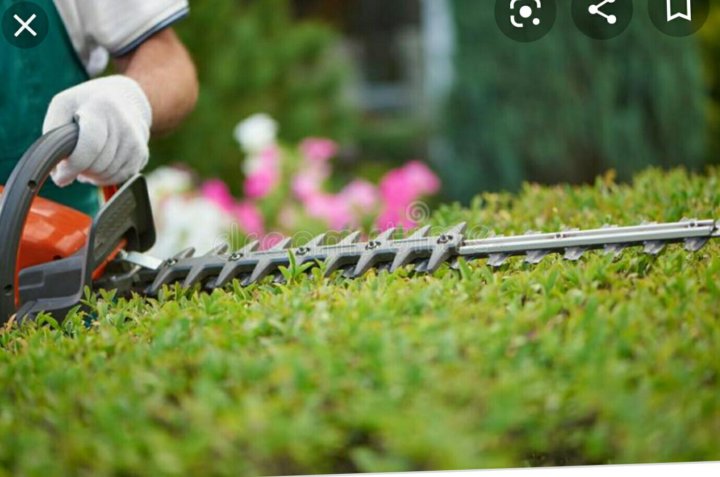Maintaining a neat and healthy yard requires regular trimming, especially around tricky spots like trees, fences, and flower beds. Learning how to trim around trees, fences, and flower beds safely not only helps preserve your plants and structures but also ensures your own safety while working. This guide will walk you through the best practices and tips to get the job done efficiently and without damage.
Why Safety Matters When Trimming Around Obstacles
Trimming near trees, fences, and flower beds can be challenging because these areas often require precision and care. Using a string trimmer or edging tool improperly can lead to damaged bark on trees, broken fence posts, or destroyed flower beds. Moreover, unsafe handling of trimming equipment can cause injuries. Understanding how to trim around trees, fences, and flower beds safely helps protect your landscaping investment and keeps you injury-free.
Tools You’ll Need
Before you begin, gather the following tools:
- A string trimmer or weed eater with adjustable guard settings
- Hand pruners or shears for delicate areas
- Protective gloves and safety glasses
- A garden hoe or edging tool for flower beds
- Markers or stakes to outline flower bed edges (optional)
How to Trim Around Trees Safely
When trimming near trees, the goal is to avoid damaging the bark, which can make the tree vulnerable to pests and diseases.
- Adjust Your Trimmer Guard: Set your trimmer guard so the cutting line doesn’t hit the tree trunk.
- Use a Gentle Touch: Rather than aggressively cutting close to the trunk, trim the grass carefully around the base.
- Avoid “Scalping”: Don’t remove all grass and vegetation at the tree base; leaving some helps retain moisture.
- Consider Hand Tools: For areas too close for the trimmer, switch to hand shears to protect the bark.
How to Trim Around Fences Safely
Fences are prone to damage from careless trimming, especially if you have wooden posts or wire fencing.
- Inspect Fence Lines: Look for any loose or damaged parts before trimming.
- Use a Shield or Guard: Attach a metal or plastic shield to your trimmer to protect the fence from the cutting line.
- Trim with Care: Keep the trimmer line a safe distance from fence posts and panels.
- Manual Touch-Ups: For tight spots near the fence, use hand pruners or a small hand saw.
How to Trim Around Flower Beds Safely
Flower beds are often delicate, and trimming around them requires precision to avoid damaging plants and flowers.
- Mark Your Edges: Use stakes or garden edging to define the flower bed boundaries clearly.
- Switch to an Edger or Hand Tools: Use an edger or hand shears to cut grass and weeds close to flowers without disturbing roots.
- Go Slow: Take your time trimming to avoid accidentally cutting into your flowers or uprooting plants.
- Maintain Mulch: After trimming, replenish mulch to protect flower roots and keep the bed neat.
Final Tips for Safe Trimming
- Always wear protective gear like gloves, long pants, and safety glasses.
- Keep your trimmer line sharp and replace it regularly for clean cuts.
- Avoid trimming in wet conditions to prevent slips and uneven cuts.
- Take breaks to avoid fatigue, which can lead to mistakes or injuries.
Learning how to trim around trees, fences, and flower beds safely is essential for maintaining a beautiful and healthy yard while protecting yourself and your plants. With the right tools, careful technique, and a bit of patience, you can keep your outdoor space looking its best all year round.

